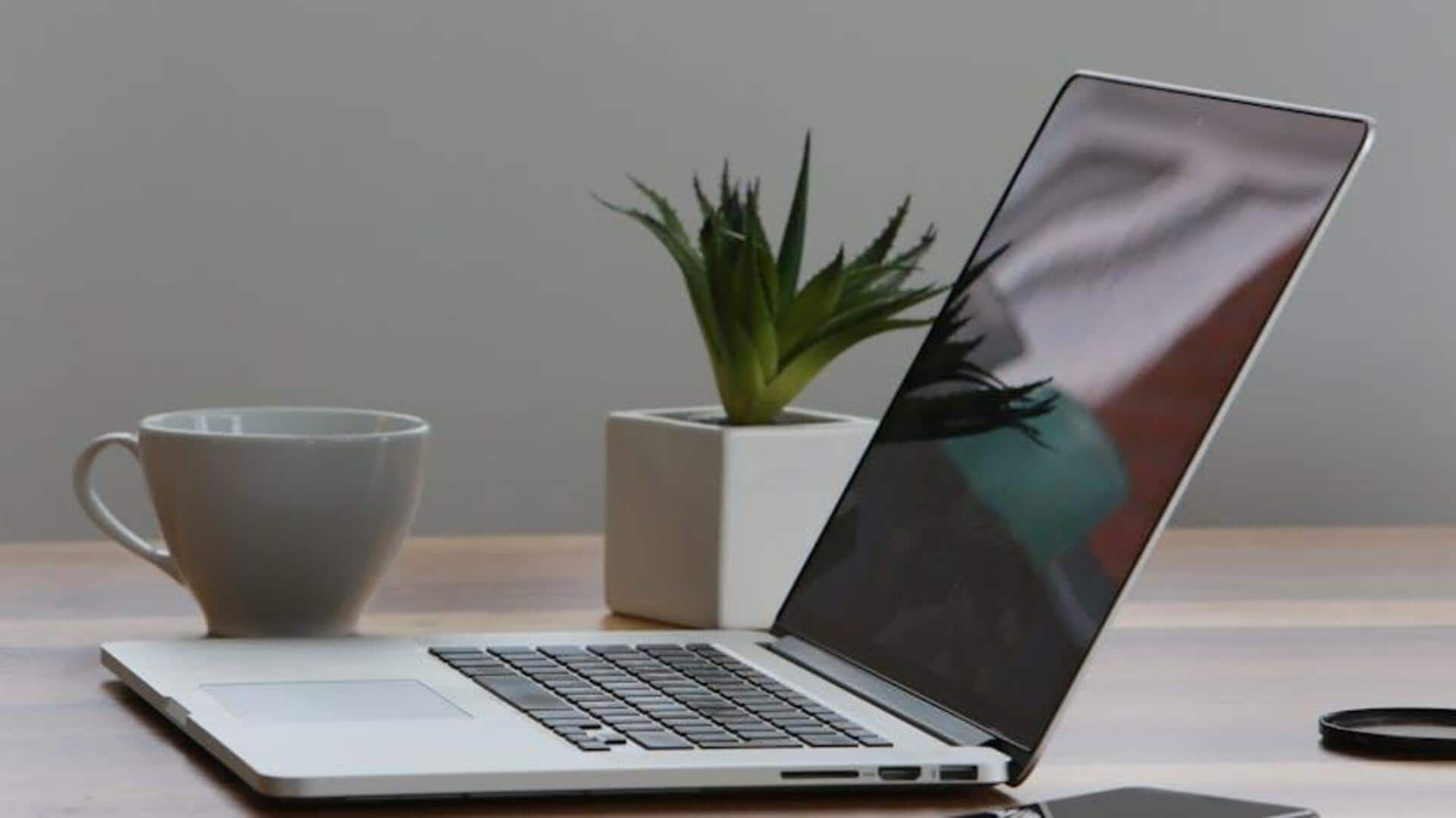
For Windows users: How to create keyboard shortcuts
What's the story
Creating keyboard shortcuts in Windows can significantly improve your productivity by giving you quick access to frequently used functions and applications. These shortcuts allow you to perform tasks without having to navigate through menus, saving time and effort. Whether you want to launch an application, open a file, or execute a command, customizing keyboard shortcuts can make your workflow smoother. Here's how you can create effective keyboard shortcuts in Windows.
Tip 1
Using shortcut properties
To create a keyboard shortcut for an application, go to its desktop icon. Right-click on the icon and select Properties. In the Shortcut tab, click on the Shortcut key field and press the key combination you want to use. Windows will automatically add Ctrl + Alt as a prefix. Click OK to save the changes. This method is simple and works for most desktop applications.
Tip 2
Utilizing third-party software
For more advanced shortcut creation, you can use third-party software like AutoHotkey or SharpKeys. These tools allow greater flexibility and customization options than built-in Windows features. With AutoHotkey, for example, you can create scripts that perform complex tasks with simple key combinations. Although this method requires some initial setup time, it pays off by providing powerful customization capabilities.
Tip 3
Creating shortcuts via Task Scheduler
Task Scheduler is another way to create keyboard shortcuts for specific tasks or scripts. Open Task Scheduler from the Start menu and create a new task with your desired action. Then, assign a trigger based on the key combination you want to use. This method is especially useful for automating repetitive tasks that require multiple steps.
Tip 4
Leveraging Windows built-in features
Windows also has built-in features that let you create basic keyboard shortcuts without any additional software. For example, you can pin apps to the taskbar and use Win + Number keys (1-9) as shortcuts for launching them quickly. This is a great way to access frequently used apps without having to create custom shortcuts.